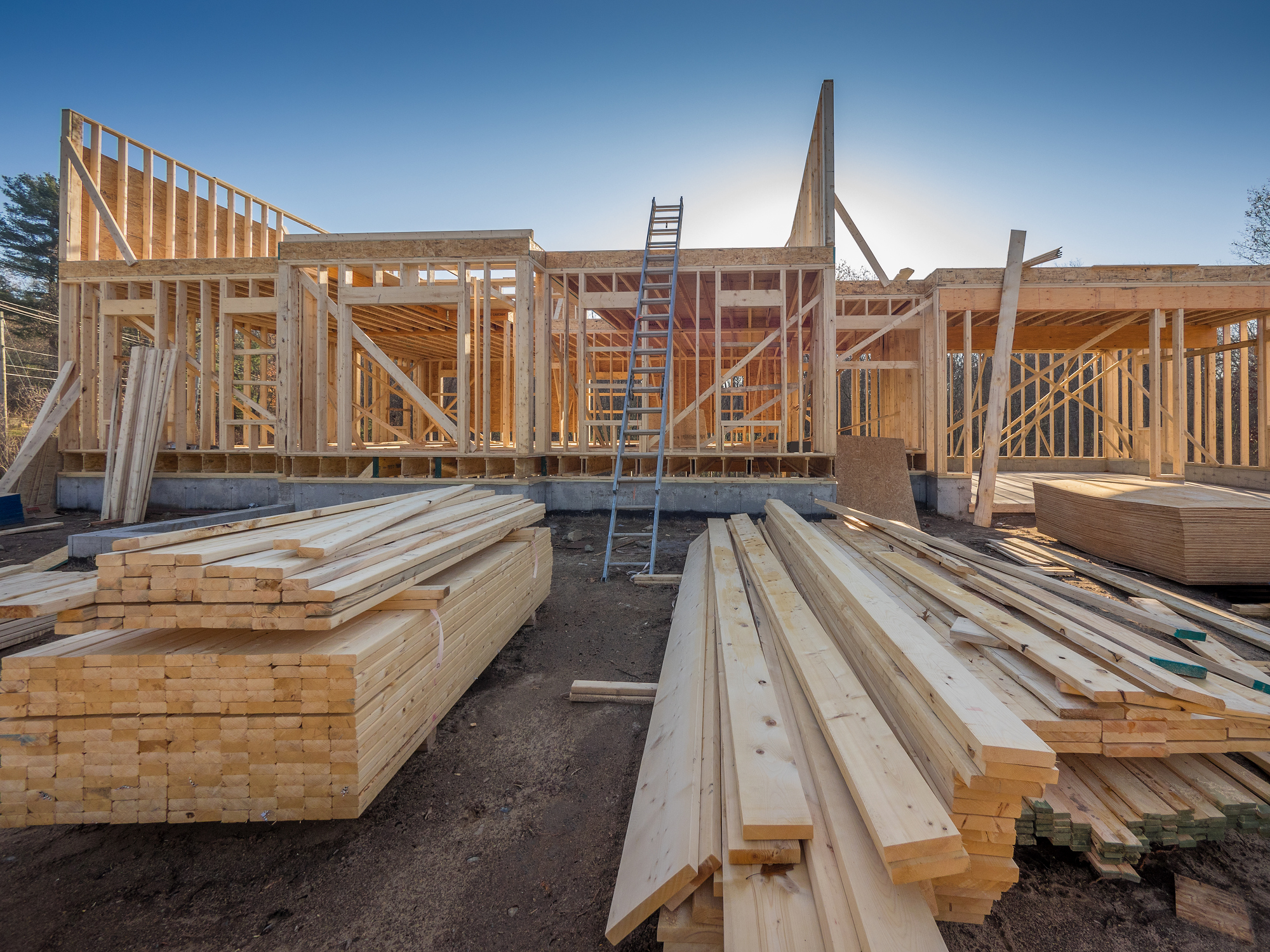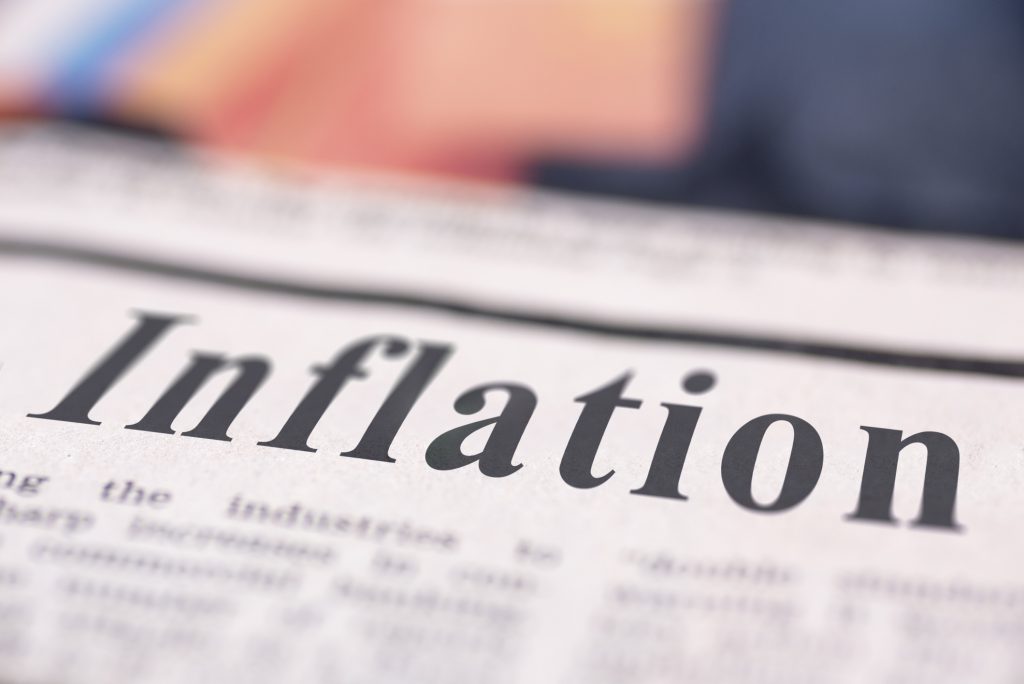Let’s put today’s home prices in perspective.
Appreciation has been significant over the last 18 months. Some people are wondering if it can last and if there might be a housing bubble.
There are two ways to look at prices. One way is in absolute terms. This is simply looking at the dollar amount a home would sell for at some point in the past versus the dollar amount it would sell for.
The other way is in real terms. ‘Real’ is an economics term which means that inflation is factored into the valuation.
For example, a gallon of milk costs more today in absolute terms than it did 15 years ago. However, in real terms, the cost is about the same as 15 years ago because inflation is factored in. The price of milk has essentially escalated at the same rate as inflation.
So, how about home prices? As we know, prices in absolute terms are higher than 15 years ago. To be exact, prices are 43% higher Nationally compared to 2006 according to Case-Shiller.
However, in real terms, prices are the same as 2006.
Over the last 15 years, homes have appreciated at essentially the same rate as inflation.
 Facebook
Facebook
 Twitter
Twitter
 Pinterest
Pinterest
 Copy Link
Copy Link
















